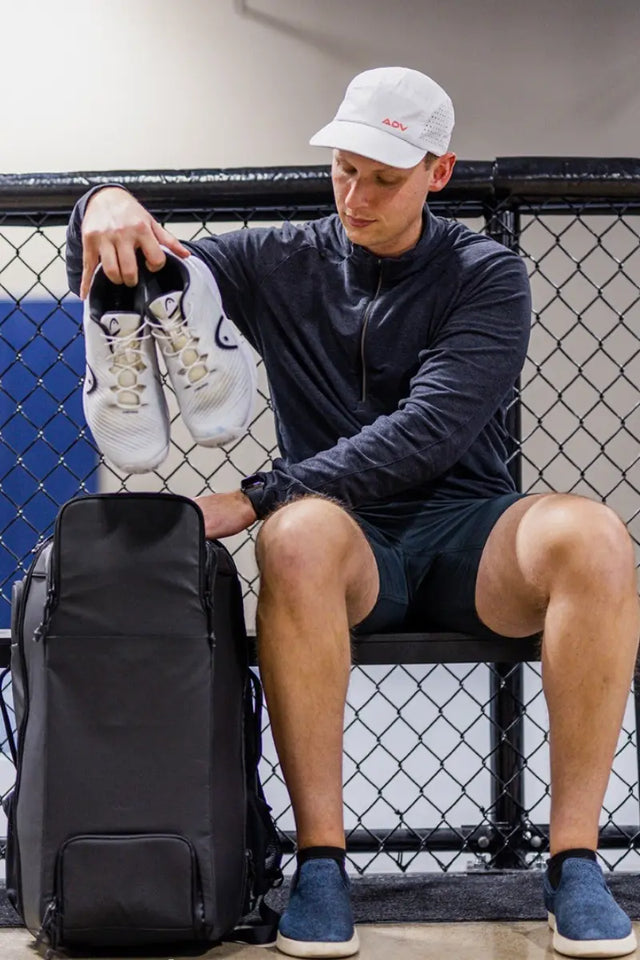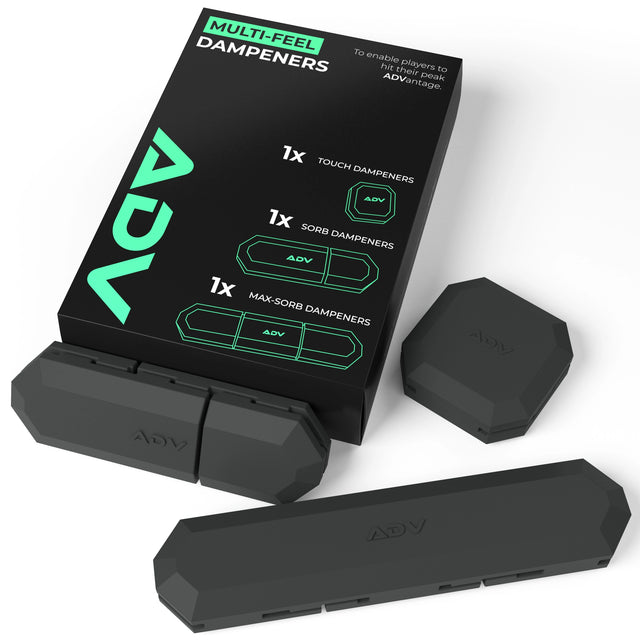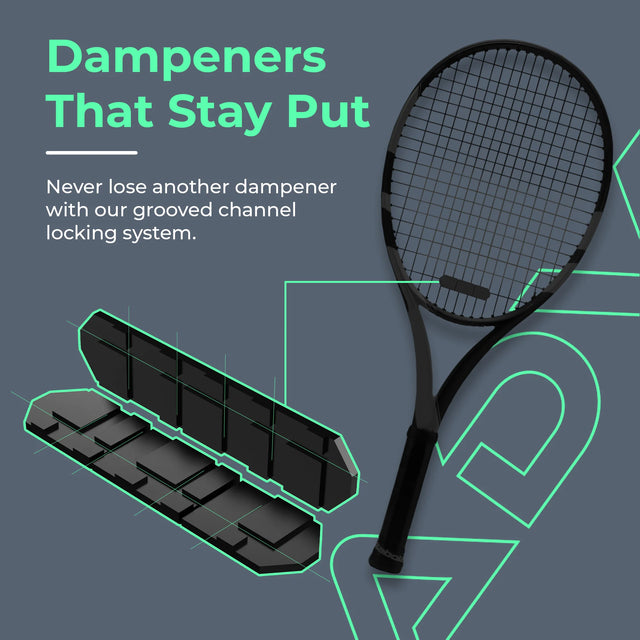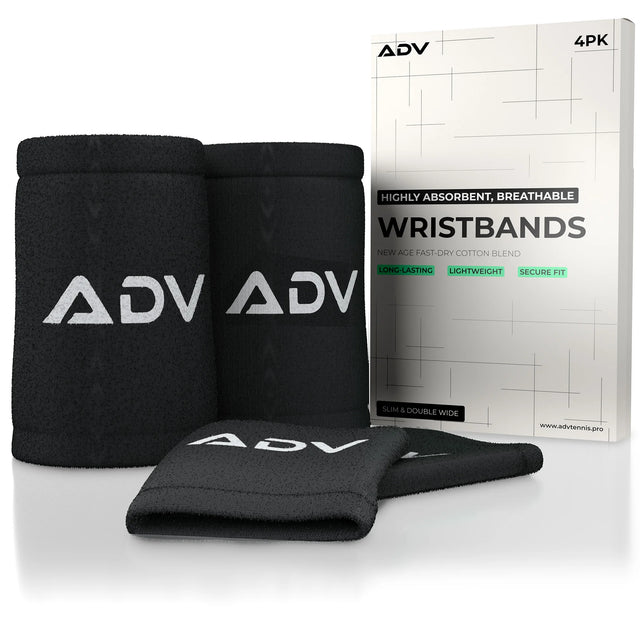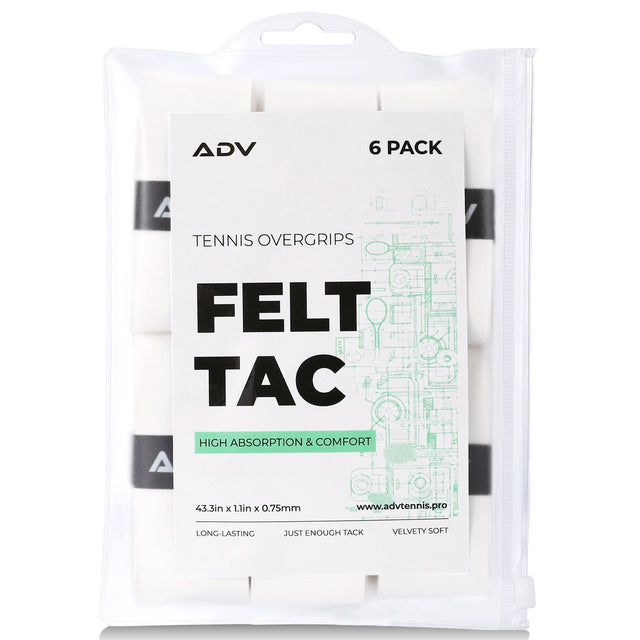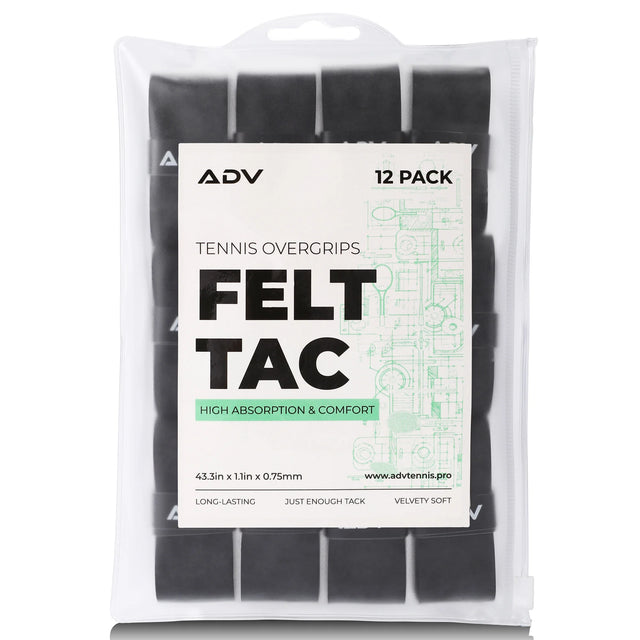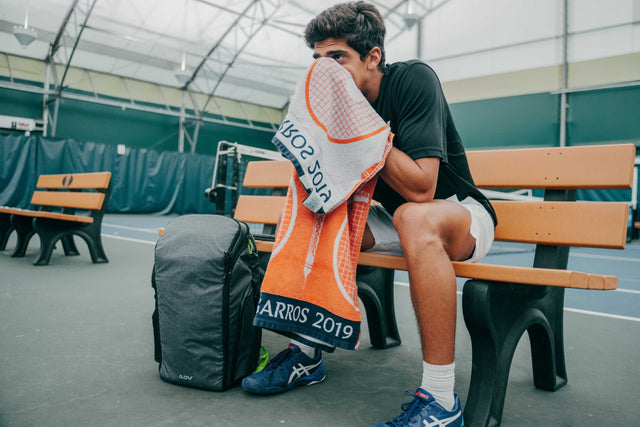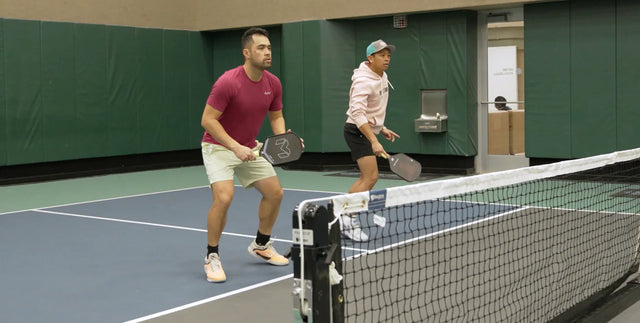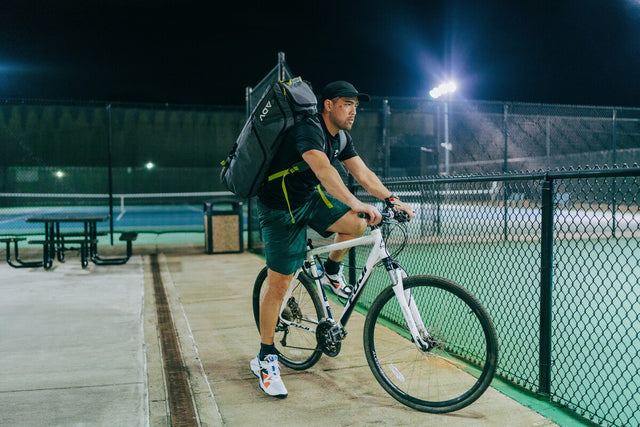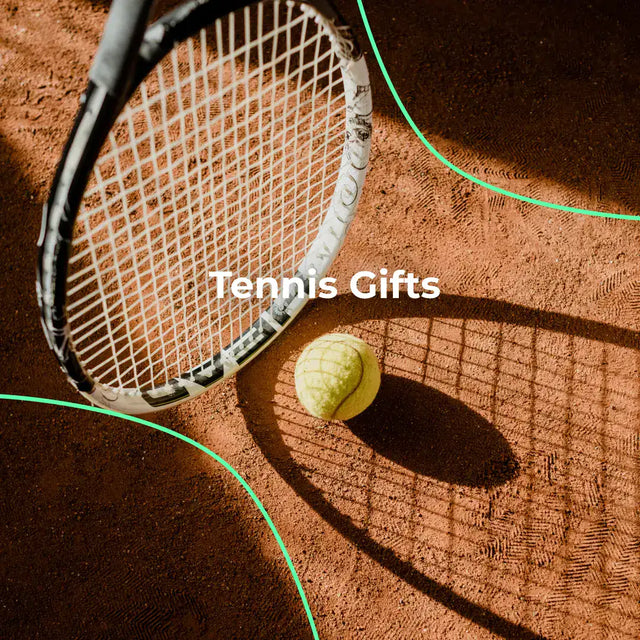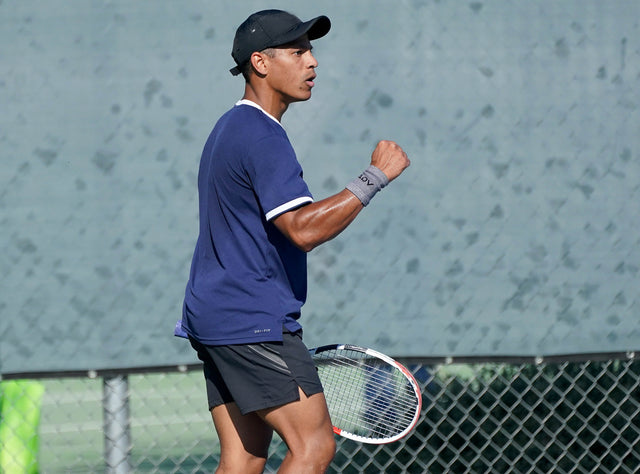Pickleball Gear for Competitive Play: Must-Have Essentials
In competitive pickleball, your gear plays a significant role in determining your performance. Players at the top level rely on carefully chosen equipment that helps them play faster, hit harder, and move more easily across the court. Having the best pickleball gear can help you react quicker and avoid unnecessary injuries. Every piece of equipment should work with your body and your game. As the sport continues to grow, more players are realizing that serious performance starts with serious gear. Good equipment gives you the tools to compete at your best when it matters most.
Choosing the Right Pickleball Paddle and Grip
Paddle Face Materials
The differences begin with the materials used in the paddle face and core. Some faces are made of fiberglass for a poppier feel, while others use carbon fiber for more control. The core material also impacts sound and power. Understanding these features helps players select the right paddle for their playing style. As paddle technology advances, more athletes are paying close attention to construction details, which can make or break key moments in high-level matches. This is where the science of paddle sports equipment becomes part of your strategy.
Importance of the Pickleball Paddle Grip
While the paddle itself is important, the grip can often be overlooked. A solid hold can significantly improve control, especially during long, sweaty games. The pickleball paddle grip should feel snug in your hand without slipping or causing blisters. Thickness also matters—some players prefer a thin grip for quicker wrist action, while others opt for a cushioned grip for added support. The proper grip minimizes hand fatigue and boosts your shot accuracy. With the fast pace of competitive matches, having a reliable grip contact gives you more confidence in your swings. Players who adjust their grip to suit their hand size and style often find that their control improves with minimal effort.
Customizing with Grip Tape for Paddles
Adding an overgrip or replacing worn-out wraps is a small upgrade that makes a big impact. Grip tape for paddles not only extends the life of your paddle but also helps you fine-tune its feel during play. It can add thickness, absorb sweat, or offer tackiness for a firmer grasp. Different tapes provide different textures, letting you personalize your paddle to your preference.
Balancing Swing Weight and Handle Feel
Swing weight, or how heavy the paddle feels as it moves, impacts control. A paddle that’s too heavy can tire you out fast, while one that’s too light might lack force behind the shot. Handle design also plays a role, with length and shape affecting the amount of wrist action you can use. Competitive players often adjust until they find the sweet spot between maneuverability and power.
Selecting the Best Pickleball Bags for Competition

Features of a Pickleball Bag with Compartments
A pickleball bag with compartments allows players to separate gear for easy access and better care. Paddles, shoes, clothes, and accessories each need their own space to stay clean and ready for use. Some bags even include ventilated pockets for sweaty items or insulated sections to keep drinks cold. Having dedicated slots helps prevent damage to expensive gear. Players who compete often benefit from these smart layouts, which eliminate the need to dig around for items mid-match. Efficient storage keeps essential equipment protected and within reach.
Pickleball Duffle Bags vs. Backpacks
Both are popular choices for carrying gear, but each serves a different kind of player. Pickleball duffle bags often have more room for bulky gear, making them ideal for those who carry extra apparel or practice equipment. They usually offer wide openings for fast loading and unloading. Backpacks, however, tend to be more compact and easier to carry for long distances, especially when navigating crowded venues. The best pickleball backpack is one that strikes a balance between comfort, storage, and accessibility. Players who travel frequently may find backpacks more convenient, while duffles can suit those who bring full kits to every event.
Top Pickleball Bags
Durability matters when you’re constantly on the go. The top pickleball bags are made with strong materials that resist wear from daily use, travel, and weather. Reinforced zippers and padded handles make a big difference in how well a bag holds up over time. Portability also matters. Some bags even feature hidden compartments for valuables or ID tags for tournaments.
Ordering Pickleball Bags Online
Buying gear online offers a convenient way to explore many options without leaving home. Being able to order pickleball bags online can save time and provide access to a wider selection of styles and features. Many online retailers provide detailed product breakdowns, customer reviews, and size guides, enabling you to select the best fit for your needs. You can also find travel-friendly models explicitly designed for tournaments, complete with TSA-ready features or compact frames for airline compliance. Shopping online gives you the chance to find a bag that complements your routine without added hassle.
Essential Paddle Sports Equipment and Accessories

Portable Nets and Ball Collectors
Portable nets are a must-have for competitive players who want the flexibility to train in driveways, parks, or indoor gyms. These nets are lightweight, easy to set up, and built to regulation size for realistic practice sessions. Ball collectors help save time and effort during drills. Instead of picking up dozens of balls by hand, you can use collection tubes or rolling baskets to speed up clean-up. These small conveniences make a big difference, mainly when you're focused on improving specific shots.
Training Tools
Off-court training is just as vital as on-court drills. Adding tools like agility cones, resistance bands, and slide boards can help improve your footwork, strength, and balance. Agility cones enable quick directional drills that mimic real match movements, while resistance bands are ideal for warming up or strengthening key muscle groups used in serves and volleys. Slide boards help build lateral movement, which is crucial when covering wide shots. Such tools can be used almost anywhere, providing players with more opportunities to train without needing a full court. Incorporating these into your routine can elevate your endurance.
Paddle Maintenance Tools
Proper paddle maintenance is essential for any serious pickleball or paddle tennis player. Below are the key items:
- Edge Guard Tape: Your paddle’s edges are often the first to suffer from accidental scrapes against the court, walls, or even other paddles. Edge guard tape acts as a protective buffer, absorbing impact and reducing the risk of chips or cracks that could lead to permanent structural damage. This type of tape is lightweight and designed not to interfere with paddle balance or aerodynamics. It adheres firmly to the edge, staying in place during intense play, and can be replaced as needed. Applying edge tape is also a proactive way to extend your paddle’s lifespan.
- Paddle Cleaning Wipes: Over time, sweat, body oils, dust, and grime accumulate on the paddle’s face and handle, leading to reduced grip, surface traction, and even unpleasant odors. Paddle cleaning wipes are specifically formulated to clean without breaking down the materials or affecting the paddle’s texture. These are non-abrasive and often alcohol-free, ensuring safe use on polymer or graphite surfaces. Regularly wiping your paddle not only keeps it looking pristine but also helps preserve its performance by preventing build-up that can affect ball contact or grip efficiency.
- Extra Overgrips: Grip quality plays a major role in paddle control, spin, and comfort. As overgrips wear down from use and exposure to moisture, they lose their tackiness and cushioning, leading to slips or strain during play. Keeping extra overgrips on hand allows for quick replacement, ensuring that your handle always feels secure and responsive. Overgrips also allow customization, whether you prefer a firmer feel, more absorbency, or additional thickness. They’re easy to install in minutes, making them one of the simplest ways to maintain peak grip performance.
- Breathable Paddle Cover: While storing your paddle loosely in high-quality sports bags may seem harmless, it exposes the paddle to moisture, dust, and potential nicks from other gear. A breathable paddle cover offers protection while allowing air circulation, key to avoiding mold or sweat damage. These covers are typically made from neoprene or mesh-lined fabric that balances durability with ventilation. Look for models with a zipper closure for a snug fit that won’t slip off in transit.
- Hard Case or Storage Bin: These cases are built with reinforced shells that shield against blunt force and stackable pressure, particularly useful when tossing your gear into cars or carrying multiple paddles. Some hard cases feature foam inserts or molded compartments to securely hold paddles in place, while larger bins provide space for grips, balls, towels, and maintenance tools. A structured storage solution prevents accidental damage and promotes professional-level care.
Investing in pickleball gear storage tools may seem minor, but it pays off in equipment longevity and overall game-day readiness. Each item adds a layer of care that reflects your commitment to the sport.
High-Performance Pickleball Apparel and Footwear

Court Shoes
Footwear choice can make or break your movement on the court. Pickleball requires quick lateral motion, short bursts of speed, and sudden stops, so your shoes must provide both grip and support. Footwear designed for pickleball or court sports typically features tread patterns specifically designed for indoor or outdoor pickleball surfaces. These treads prevent slipping while allowing quick pivots. Shoes with reinforced toe boxes and ankle stability help prevent foot and ankle injuries.
Anti-Chafe Features
Competitive matches often stretch across multiple games or even full days, making comfort a long-term priority. Here are features to look for when selecting performance-based apparel:
- Flatlock Stitching: One of the most effective defenses against skin irritation is the use of flatlock seams. Unlike traditional seams that have overlapping fabric and create ridges, flatlock stitching joins fabric edge-to-edge, resulting in a flush and smooth finish that sits comfortably against the skin. This dramatically minimizes rubbing and friction, which are often the cause of chafing during repetitive motion. The flat construction also helps reduce seam bulk, improving the garment’s overall fit and movement across the body.
- Breathable Mesh Zones: In areas where heat and sweat build up quickly, strategically placed mesh panels allow your body to cool naturally. These breathable zones enhance airflow, promoting ventilation without sacrificing coverage or structure. They’re designed to move with the body, making them ideal for high-mobility activities like sprinting, jumping, or pivoting. Mesh zones create microclimates within your clothing, helping you maintain a more stable internal temperature. This feature is particularly valuable in tournament settings, where players may go through intense bursts of energy followed by short recovery periods.
- Moisture-Wicking Fabric: Moisture-wicking materials are engineered to pull sweat away from the skin and disperse it across the outer surface of the garment, where it can evaporate more efficiently. This process helps keep your skin dry, regulates body temperature, and significantly reduces the likelihood of developing chafing or rashes. Unlike cotton, which tends to absorb moisture and stay wet, performance synthetics like polyester blends or advanced nylon-based fabrics are specifically treated to dry rapidly. This ensures that even during extended play or in humid conditions, your clothing won’t become heavy or abrasive. Moisture-wicking technology is essential for athletes who train daily or participate in endurance-based sports. Such fabrics often feel cooler to the touch and reduce cling, allowing for greater mobility throughout your match.
By prioritizing the above, players can minimize distractions, prevent skin issues, and maintain peak performance throughout even the most extended sessions.
Organizing and Storing Pickleball Gear for Longevity
Color-Coded Labeling Systems
Tournaments can be fast-paced and chaotic, especially when you’re juggling multiple items between matches. Organizing gear using color-coded systems helps streamline your routine and reduce last-minute scrambling. By assigning different colors to each item category, you’ll instantly know where everything is without digging through your athletic bags for court sports. This visual method is especially helpful when sharing space with teammates or managing backup gear. It also reduces the chances of misplacing smaller items that often get buried. Clear systems eliminate distractions and help players transition smoothly between games.
Organizer Bins
Having a structured way to store smaller gear can make a huge difference in how prepared you feel. Dedicated bins help sort items like pickleballs, grip tape, sweatbands, and cleaning tools. By giving everything a consistent spot, you’ll always know when you’re running low and need to restock. This method also prevents damage that can occur from loose items rolling around.
What you bring to a match impacts not just your play, but your mindset. A reliable bag system contributes to a smoother experience from arrival to the final point. Knowing your pickleball gear for tournaments is packed with intention allows you to focus on strategy instead of logistics. Athletes who develop repeatable packing routines often walk onto the court more relaxed and mentally locked in. When you trust your gear and know everything has its place, it frees up mental energy to compete at your highest level. Success begins before the match even starts, and streamlined packing is part of that foundation.

